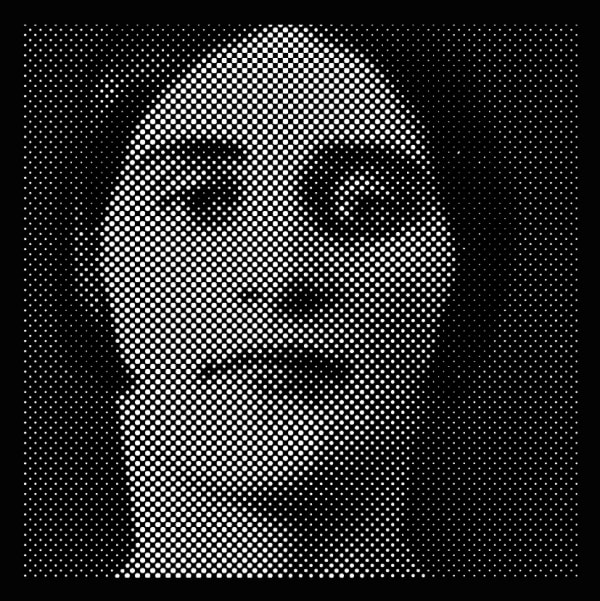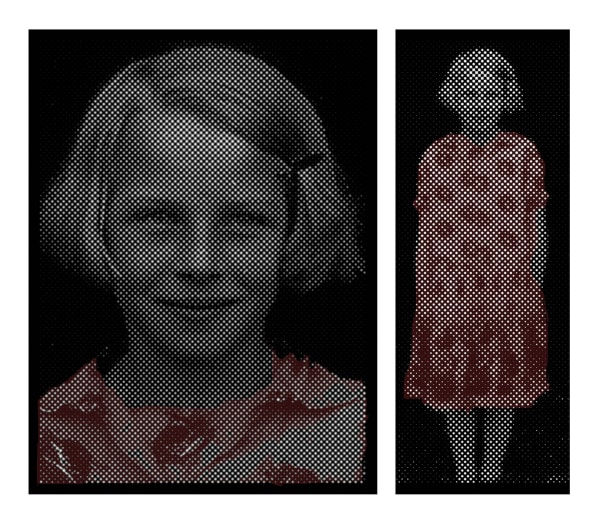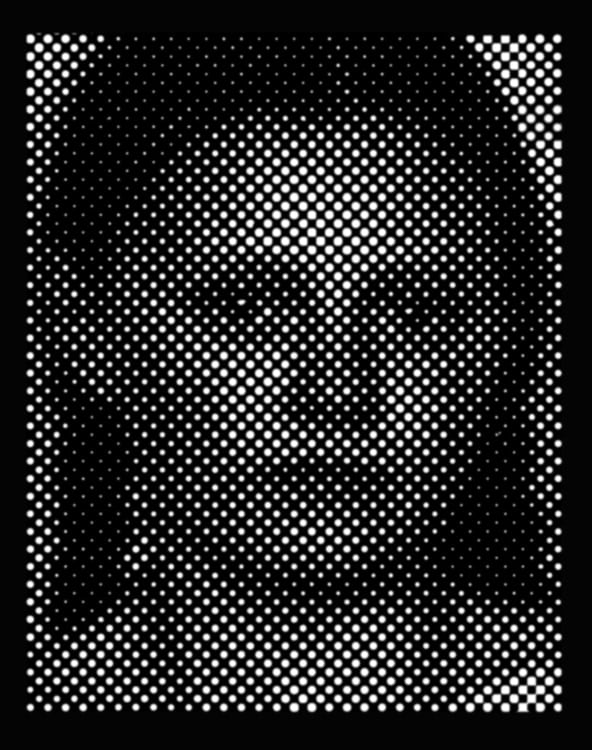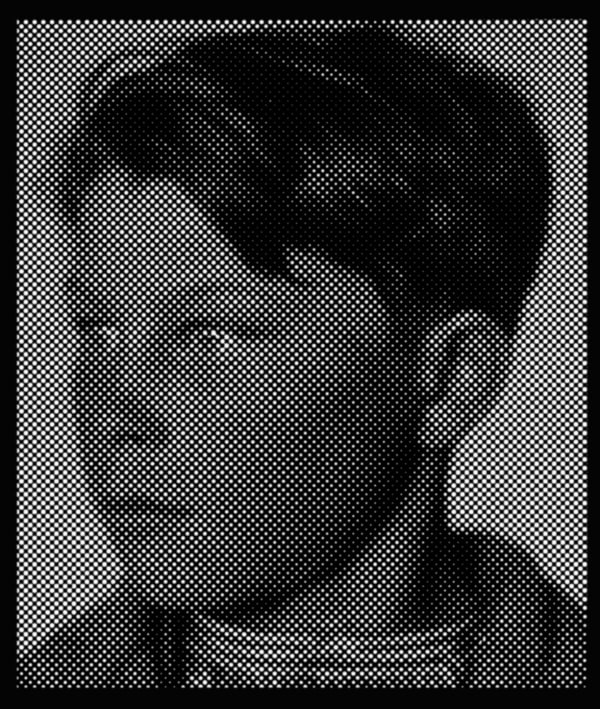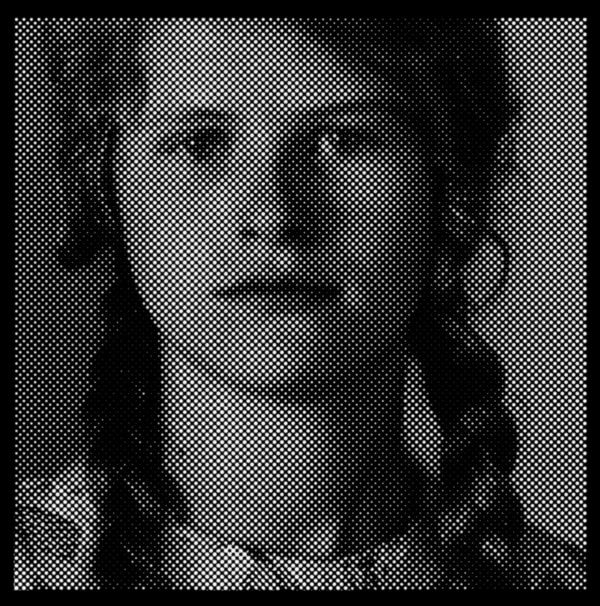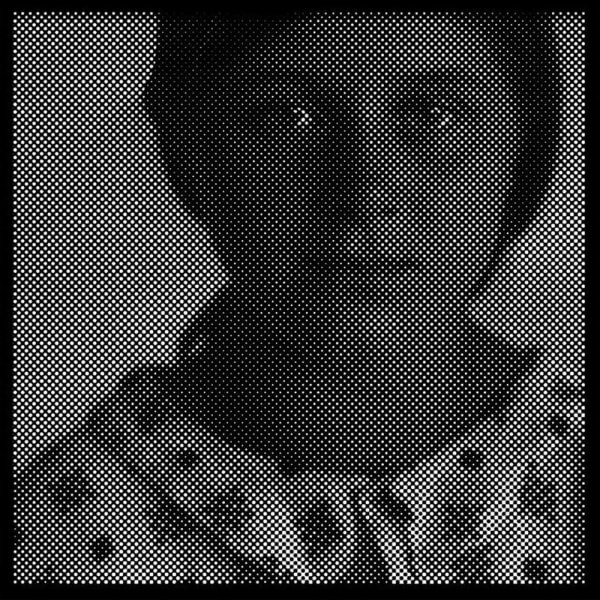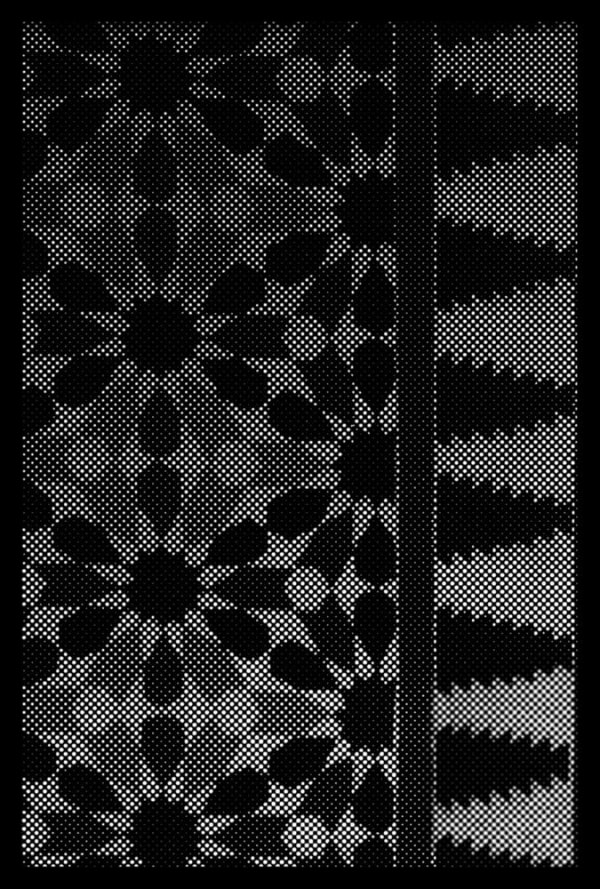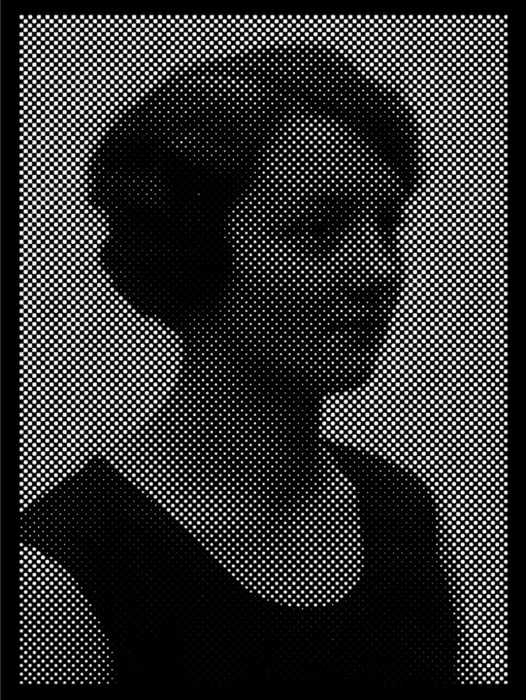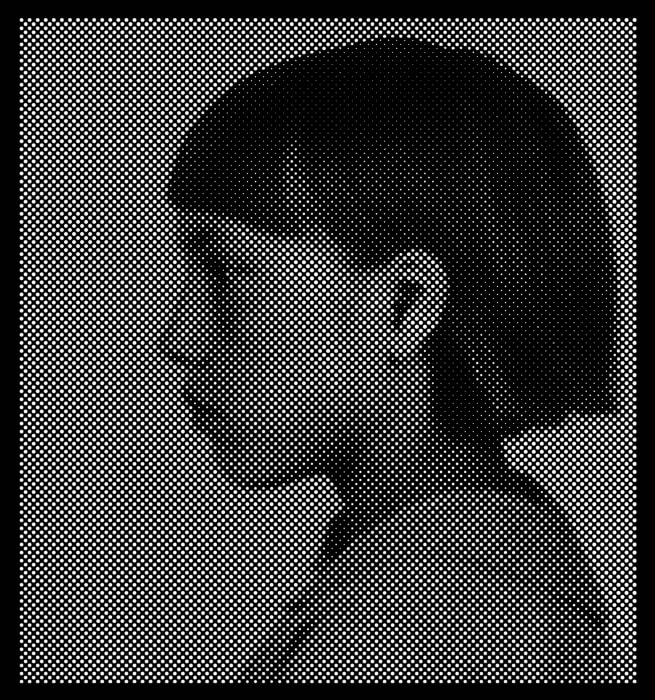Anne-Karin Furunes
-
 Portrait from Archives / I, 201663 x 42 1/2 in.
Portrait from Archives / I, 201663 x 42 1/2 in. -
 Portrait of Pictures / I, 201339 1/4 x 39 1/4 in.
Portrait of Pictures / I, 201339 1/4 x 39 1/4 in. -
 Portrait of Pictures / II, 201663 x 57 3/4 in.
Portrait of Pictures / II, 201663 x 57 3/4 in. -
 Portrait of Pictures / III & IV, 201663 x 73 1/2 in.
Portrait of Pictures / III & IV, 201663 x 73 1/2 in. -
 Portrait of Pictures / IX, 201363 x 47 1/8 in.
Portrait of Pictures / IX, 201363 x 47 1/8 in. -
 Portrait of Pictures / V, 201639 1/4 x 31 3/8 in.
Portrait of Pictures / V, 201639 1/4 x 31 3/8 in. -
 Portrait of Pictures / VI, 201667 1/4 x 63 in.
Portrait of Pictures / VI, 201667 1/4 x 63 in. -
 Portrait of Pictures / VII, 201677 1/8 x 63 in.
Portrait of Pictures / VII, 201677 1/8 x 63 in. -
 Portrait of Pictures / VIII, 201663 x 53 3/4 in.
Portrait of Pictures / VIII, 201663 x 53 3/4 in. -
 Portrait of Pictures / X, 201663 x 63 in.
Portrait of Pictures / X, 201663 x 63 in. -
 Portrait of Pictures II (dark version), 201363 x 63 in.
Portrait of Pictures II (dark version), 201363 x 63 in. -
 Illuminated Moments X, IV, 201263 x 42 1/2 in.
Illuminated Moments X, IV, 201263 x 42 1/2 in. -
 Twillit III, 201150 3/4 x 102 3/8 in.
Twillit III, 201150 3/4 x 102 3/8 in. -
 Portraits from Archive /Portrait I, 201137 1/2 x 25 1/8 in.
Portraits from Archive /Portrait I, 201137 1/2 x 25 1/8 in.
"Anne-Karin Furunes uses pictures of unknown people, which helps her investigate on the concepts of personality and identity."
Anne-Karin Furunes was born in 1961 in Trondheim, Norway. She completed her artistic studies in Oslo and Trondheim and her architecture studies in London and Copenhagen.
Furunes creates haunting large-scale paintings of faces and landscapes by perforating the surface of black or white canvas or unpainted aluminum with hundreds of handmade holes. At a first glance, the canvas is full of hundreds of concentric holes of different dimensions; only when the observer steps away from the painting, he or she is able to notice a face and a landscape. At first, it is just an allusion of the portrayed image, then, while stepping away from the canvas, the characterization of the representation becomes more clear.
Her portraits are taken from photographs in a Swedish archive devoted to the now-discredited notion of categorizing people by race, ethnicity, and mental capacity. For her paintings, Anne-Karin Furunes uses pictures of unknown people, which helps her investigate on the concepts of personality and identity. On those faded physical features, Furunes looks for the evanescent traces of the forgotten lives and personalities slipped away from history books. On a more extensive level, her works evoke the flow of history and of the human being that belongs to it. In her latest works, the subjects chosen by the artist are natural elements.
Furunes is one of the most successful Norwegian artists on the international scene. She created a series of monumental public artworks in Norway, and has also been on show in solo exhibitions in several European countries, Canada, Australia and the United States.

